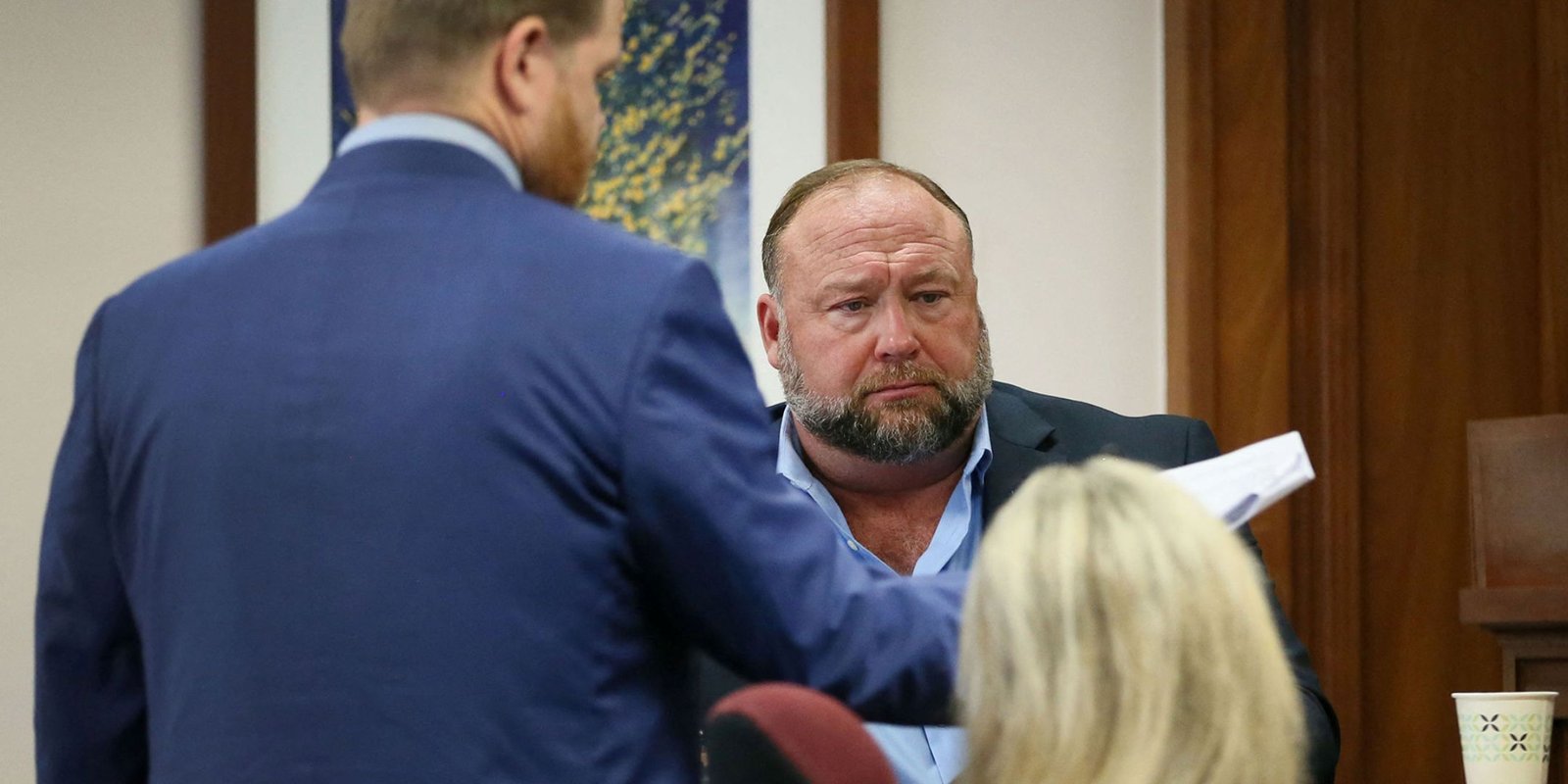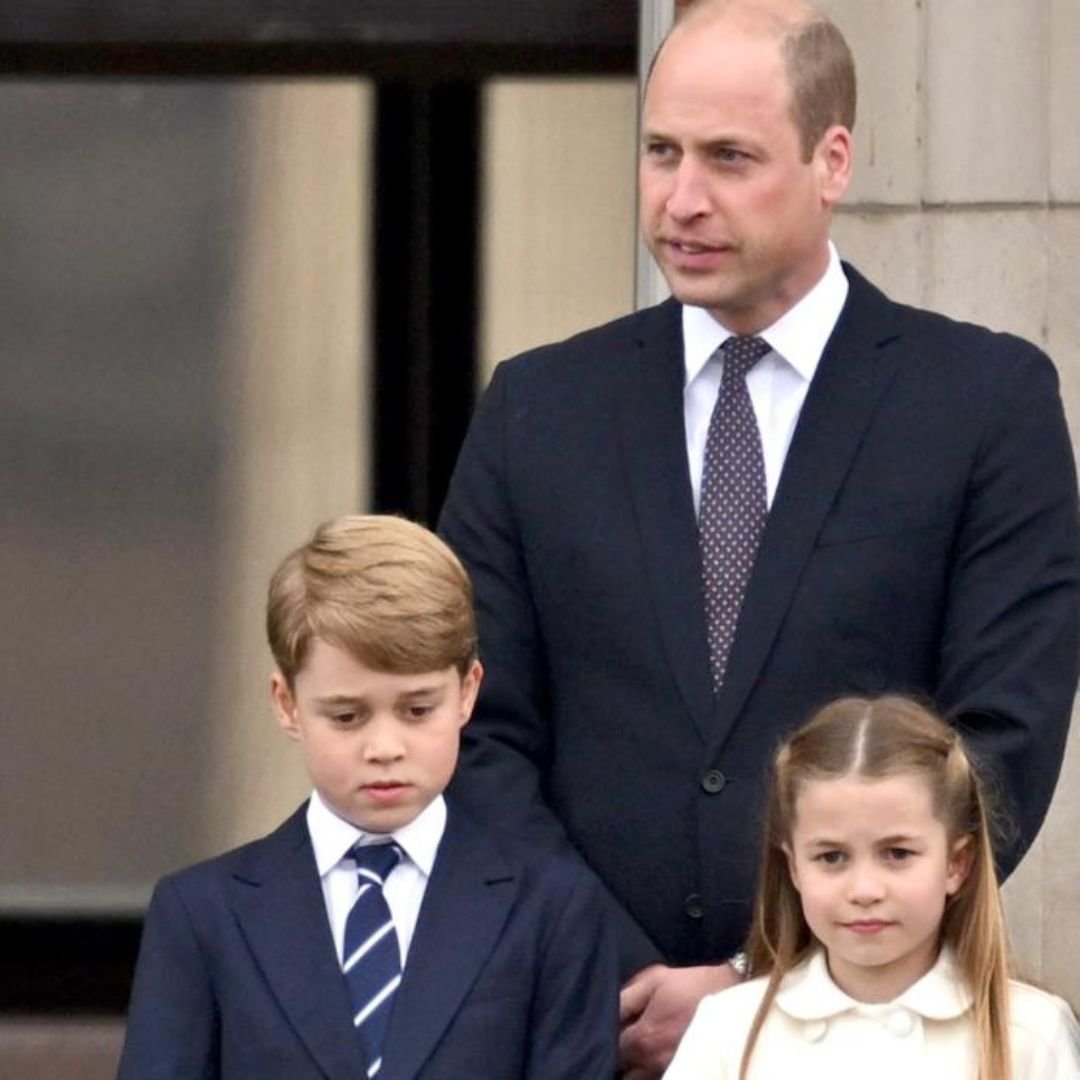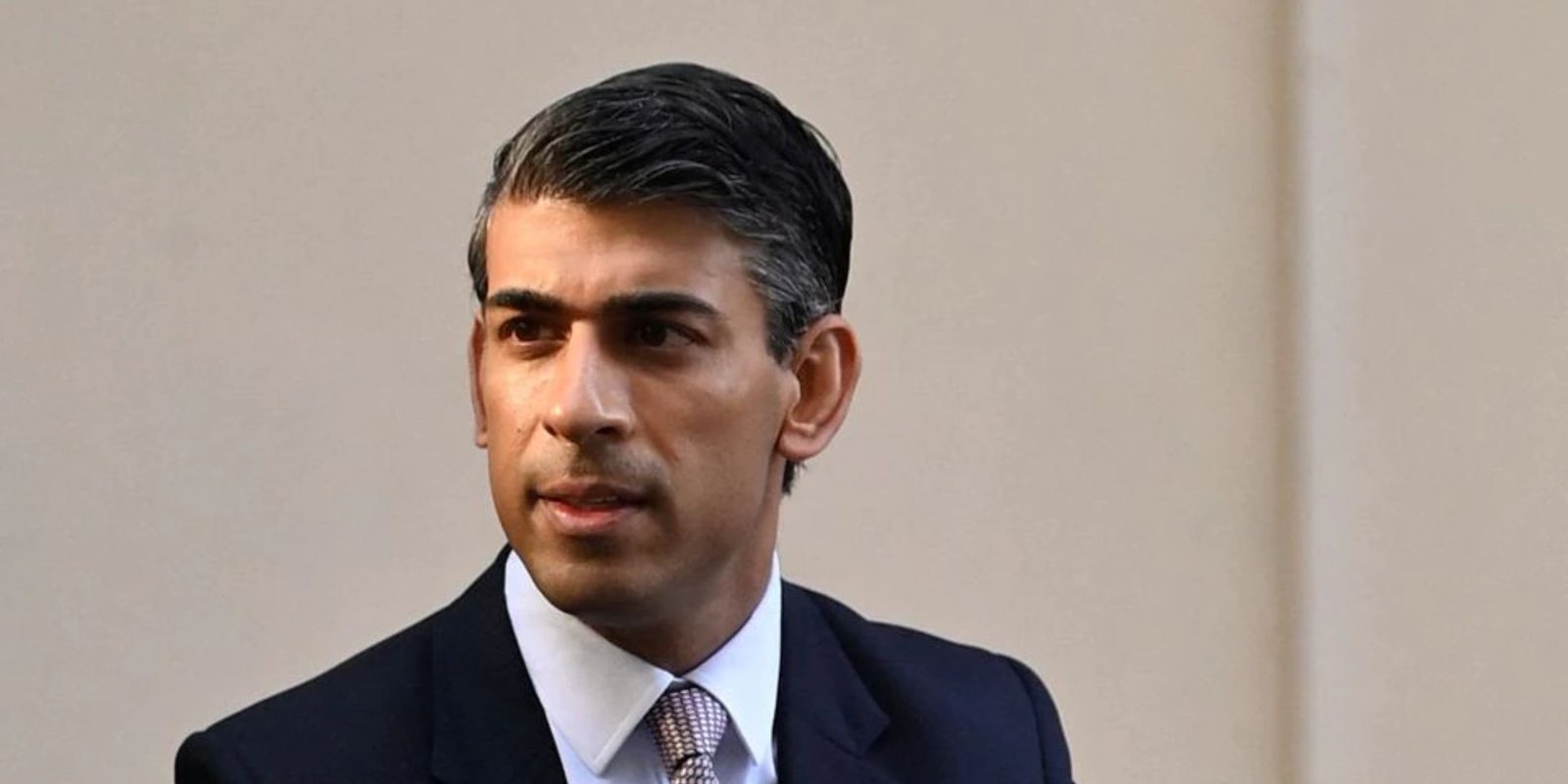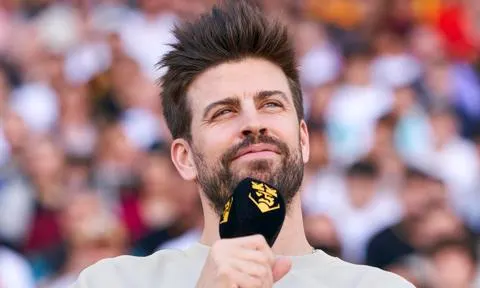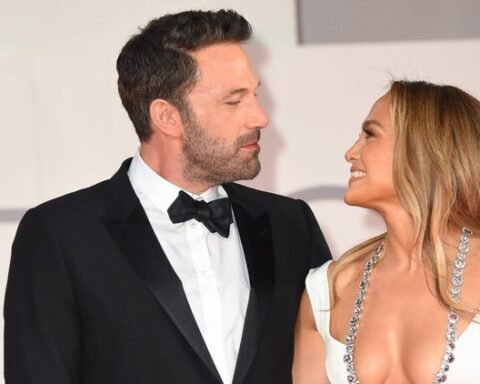Alex Jones’ lawyers “messed up” and gave his legal opponents “every text message” he had sent in the two years before. This went against what they had said before, which was that he didn’t have anything on his phone related to the Sandy Hook school shooting, which Jones has always said was made up.
Jones and a lawyer for the boy’s parents were arguing in court when the news came out.
Jones, a loud, far-right provocateur, told his millions of followers that the 2012 Sandy Hook shooting was a fake, that no children were killed, and that parents were “crisis actors” to push for gun control. The parents of 6-year-old Jesse Lewis are filing a slander lawsuit against the radio host.
Bankston sent the Infowars host a text message criticising how he talked about the coronavirus in 2020 and comparing it to how he thought the Sandy Hook school shooting was faked. Jones had said in a deposition that he did not have any text messages on his phone that were about Sandy Hook.
“Have you seen my texts?” Jones questioned Bankston in court. Jones said cynically, “You said you didn’t.” “Clever.” Do you know where it came from? Your lawyers sent me a digital copy of your whole phone, including all of your text messages from the last two years. Jones’s lawyers knew about the mistake because Bankston told them, but they didn’t mark the texts as private to keep them out of court.
Neil Heslin and Scarlett Lewis, who lost their son Jesse Lewis at Sandy Hook, are Bankston’s clients. Jones said that if he was trying to hide something, he wouldn’t have given his phone to the lawyers who told Bankston about the texts.
“If I’m wrong, I’m wrong,” said Jones. “You know what they say.”
Jones told Bankston that he had his “Perry Mason moment.” This was a reference to the fictional TV lawyer Perry Mason, who won cases by getting witnesses to confess.
“Know perjury?” Bankston talked about lying. “I want to make sure”
Jones said that was true, but he said he wasn’t hiding anything on his phone. Rolling Stone said that Jones’ texts will be asked for by the congressional committee looking into the January 6 attack on the US Capitol by Trump supporters. The article said that members of the committee were looking into Jones’s contacts with Trump’s team before the Capitol riot.
All of this made Jones’s day terrible. Jones said that denying the Sandy Hook tragedy was a bad idea. Jones said, “It was, especially now that I’ve met the parents,” during a trial to figure out how much he owes for slandering the family of Jesse Lewis, one of the 26 people killed at his school in Newtown, Connecticut, in December 2012.
Heslin and Lewis testified about how Jones’s Infowars and other media outlets made them feel bad, made death threats, and bothered them. On Tuesday, Lewis’ parents sued Jones for $150 million because he has been lying about how serious the shooting was.
Jones’ side asked the jury to limit his damages to $1, saying that he couldn’t have known that the plaintiffs would bother him. Both sides gave their final arguments on the seventh day of the trial. Around 4.30pm local time, the jury started to talk about the case. They had to figure out how much he should pay for slandering and making the victims feel bad, as well as for punitive damages.
Jones testified alone to defend himself and his media company. He has said that the lawsuit is an attack on his rights under the First Amendment.
He told his lawyer, Andino Reynal, that spreading the lie that no one died at Sandy Hook was dangerous. Jones said that the media wouldn’t “let” him “take it back.”
In September, the judge told Jones off for not giving the Sandy Hook families the information they had asked for. In another case brought by Sandy Hook parents, a court in Connecticut gave Jones a similar default judgement. Jones has given money to help Free Speech Systems. The company filed for bankruptcy last week.
Sandy Hook families have sued Jones over his financial claims, saying that his company is hiding his millions behind “shell” companies. Bankston showed an email from 2018 that said Infowars made $800,000 in a single day. That’s $300 million per year.






